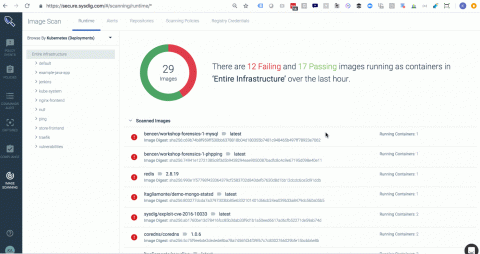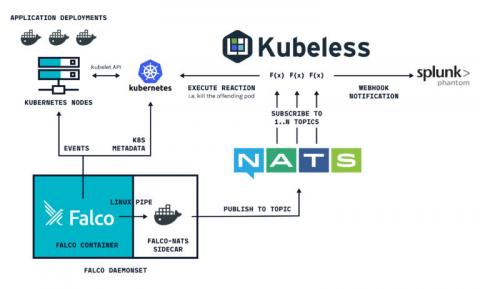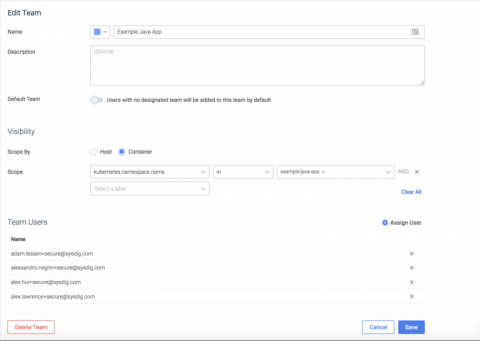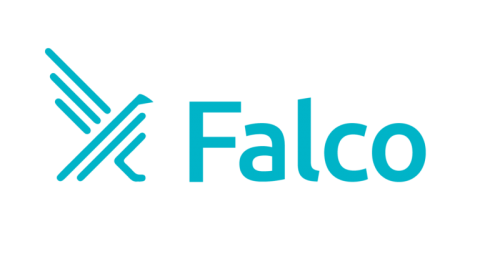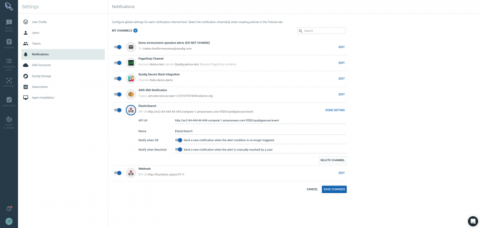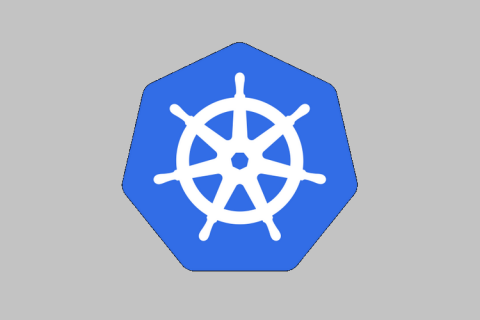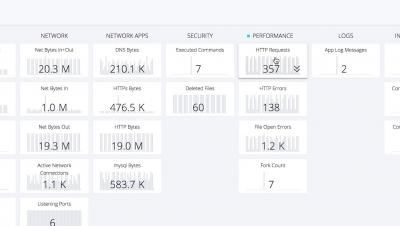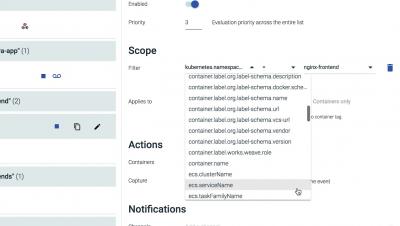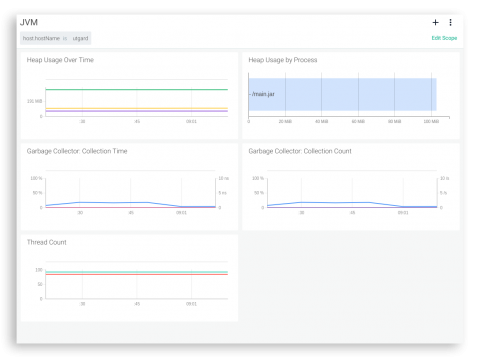Introducing Sysdig Secure 2.2: Kubernetes auditing, compliance, and access control.
Over the past four years we’ve helped hundreds of organizations run reliable, secure, and compliant Kubernetes and Openshift clusters. Some of the key themes we’ve seen from organizations that have successfully grown their Kubernetes footprint are: they have immaculate labeling, understand how to leverage internal Kubernetes features to harden their platform, and understand what developers need access to and manage it with RBAC and namespaces.


